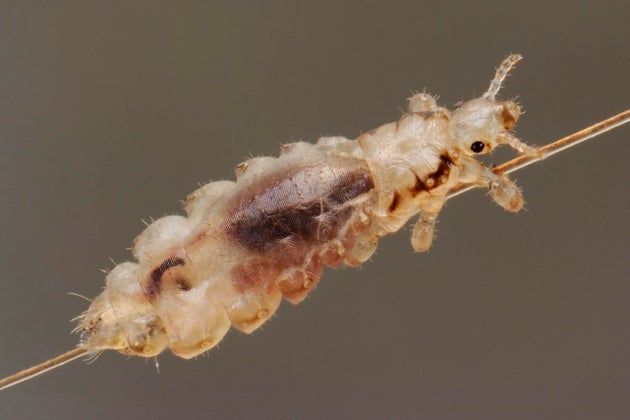Understanding Head Lice and Common Misconceptions
While children may not be in classrooms as often as before, head lice continue to be a common issue among families. For many, the mere mention of head lice can cause an itchy sensation—both physically and mentally. However, there is a surprising amount of confusion surrounding what exactly head lice are and how they differ from nits.
A survey conducted by Hedrin, a leading expert in head lice, found that over half of the UK parents surveyed believed nits and head lice were the same thing. This misconception highlights the need for better education on the subject. In reality, head lice are small insects that feed on human blood, while nits are the empty egg cases left behind after the lice hatch. These nits are typically brown or white in color and can remain on the hair even after the lice have been removed.
Ian Burgess, a louse expert and director of the Medical Entomology Centre, emphasized that myths about head lice often circulate among parents during outbreaks. Here are some of the most common misconceptions:
-
Head Lice Get Nourishment from Human Hair
This is incorrect. Head lice are parasites that feed on human blood, not hair. The idea that they rely on hair for nourishment is a widespread myth. -
Head Lice Can Jump from Head to Head
Only 21% of parents correctly identified this as false. Head lice do not jump; they spread through direct head-to-head contact. They can only survive for a day or so without a human host. -
Clean Hair Will Keep Head Lice Away
Over a third of respondents believed this to be true. However, the cleanliness of hair has no impact on whether lice will infest it. Lice are attracted to blood, not to dirt or hygiene. -
Head Lice Spread Disease
Almost a third of parents thought this was true. According to Hedrin, head lice do not carry diseases, making them more of an inconvenience than a health threat.
How to Check for and Treat Head Lice
If you suspect your child has head lice, it’s important to stay calm. Burgess suggests a simple three-step process: check, treat, complete.
- Check: Regularly inspect your child’s hair using a detection comb. This fine-toothed comb can help identify live lice. Be sure to check behind the ears and under the fringe. Applying conditioner can make the process more comfortable.
- Treat: If a live louse is found, use a lice solution. Always keep the product away from the eyes and face, and follow the instructions carefully. It’s also essential to check and treat other family members.
- Complete: After treatment, check your child’s hair again within 2-3 days to ensure all lice are gone. A second application might be necessary if any eggs hatch.
The NHS recommends certain treatments, such as electric combs, products containing permethrin, and tree and plant oil treatments, but these are not always effective. Burgess advises following up with a thorough check after a week to ensure no new lice have hatched from remaining eggs.
Additional Tips and Resources
Parents should consider making head lice checks a regular part of their family routine. This proactive approach can help catch infestations early and reduce the stress associated with an outbreak. It’s also helpful to educate yourself on the latest treatment options and best practices.
For those looking for more information, there are several resources available. From understanding when to send a sick child to school to dealing with bed bugs and garden pests, staying informed can make a significant difference in managing household challenges.
By dispelling myths and adopting practical strategies, parents can effectively manage head lice and minimize their impact on daily life.






